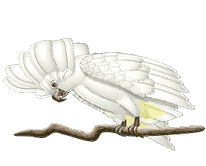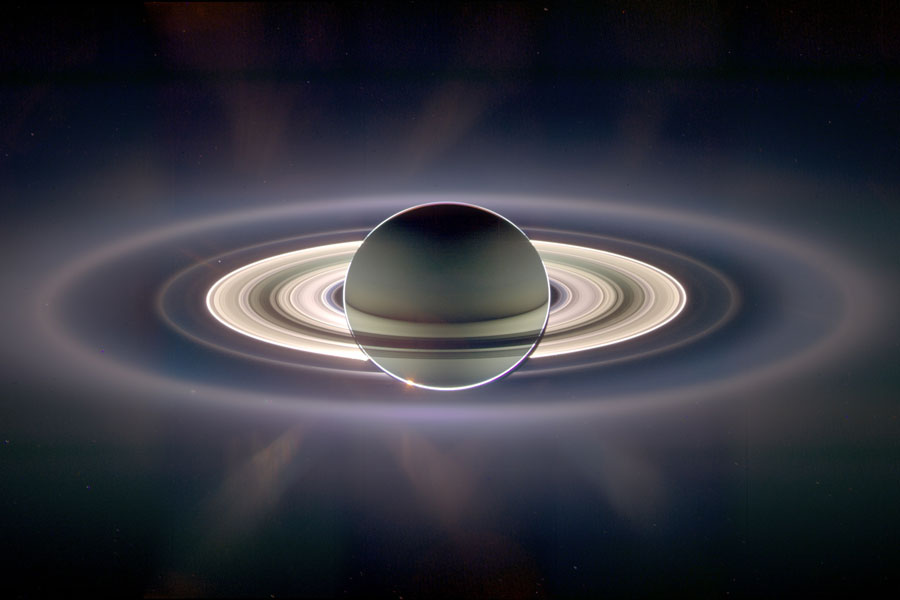
Asbestos is a fibrous mineral that was widely used in Australia in the 20th Century for many industrial and domestic applications. Inhalation of asbestos fibres has been shown to lead to a number of serious health risks, including asbestosis and the cancer mesothelioma. As these can take a number of decades to develop, it is likely that the effects on the Australian community of exposure to asbestos will continue to increase into the 21st Century.
What is asbestos?
Asbestos is a group of naturally-occurring silicate minerals that are made up of fine, fibrous crystals. Three of these are crocidolite (blue asbestos), amosite (brown or grey asbestos) and chrysotile (white asbestos).
Asbestos fibres have many useful qualities: they are strong and flexible, resistant to fire and chemical attack, and have good insulating properties. They can even be spun and woven into cloth.
Asbestos is also relatively cheap to mine and process. Historically, asbestos was seen as a desirable raw material in a range of products such as insulation, construction materials, concrete, an additive in paints and sealants, vehicle brake pads and clutches, and even outdoor furniture.
Unfortunately, asbestos is also a highly toxic, insidious and environmentally persistent material that has killed thousands of Australians, and will kill thousands more this century.
[1] [2] [3] [4]
Why is asbestos a health risk?
Asbestos becomes a hazard when microscopic fibre fragments become airborne and are inhaled. Due to their size and shape they can remain airborne for some time, and enter even the smallest air passages in the lungs where they embed in lung tissue. The fibres are highly resistant to removal by the lungs’ natural cleaning processes.
[5]
Asbestos related diseases
Embedded asbestos fibres irritate the lung tissue around them, causing a number of diseases:
Pleural disease
Inflammation and irritation of the outer lining of the lung, the pleura. The pleura stiffens and thickens widely (diffuse thickening) or in patches (plaques), and can fill with fluid. This thickening can restrict breathing.
Asbestosis
This is scarring of the lungs: the airways become so inflamed and scarred that oxygen is no longer able to pass from the lungs into the blood. The lungs become stiff and inelastic, making breathing progressively difficult. Symptoms include tightness in the chest, dry cough, and in the later stages, a bluish tinge to the skin caused by lack of oxygen. Asbestosis is usually seen in former asbestos miners, asbestos manufacturing workers and insulation workers, and usually takes a decade or more to develop.
Lung cancer
Exposure to asbestos fibres greatly increases a person’s risk of developing lung cancer, particularly if they are also a smoker.
Mesothelioma
Mesothelioma is a cancer of the pleura. It typically grows quickly and spreads widely before symptoms appear, making its early diagnosis and effective treatment very difficult. The average survival time after diagnosis is only 6-18 months. A very small exposure to asbestos can be enough to trigger the cancer, however only a small percentage of people exposed to asbestos develop mesothelioma. There may be a lag of 20 to 40 years after asbestos exposure before mesothelioma results.
[5] [19] [20]
Other risk factors
Two further factors that increase the health risks from asbestos are:
- The typical lag of 20 to 40 years between exposure and the onset of symptoms of disease. This can make detection, prevention and risk management for asbestos related health risk very difficult. It is estimated that the peak of the epidemic of asbestos-related disease in Australia will not occur until the 2020s. [4] [5]
- The extremely widespread use of asbestos in construction in Australia last century means that exposure to it is also widespread. The weathering and ageing of asbestos-containing materials and renovation of buildings containing asbestos products may continue to release asbestos fragments for many years. [4]
Who is at risk of asbestos-induced cancers?
Those who are particularly at risk of asbestos-induced cancers, as noted by the
Asbestos Diseases Society of Australia Inc,are people exposed to the loose fibres of asbestos in mining, manufacturing, building and construction or at work, school or in the home; as well as those exposed through asbestos removal, and the consequences of uncontrolled, unsafe removal.
Mortality from asbestos related diseases
Australia and the UK have the highest rates of asbestos-related death in the world.
[7] This is understood to be because of the amount of asbestos used in these countries, and the relatively high proportion used of the most dangerous types, blue and brown. It is estimated there have already been at least 4,700 deaths from mesothelioma in Australia since records began in the early 1980s [8], and more than 25,000 Australians will die from it over the next 40 years.
[8]
Currently, each year 500 men and 100 women develop mesothelioma in Australia, and this is expected to rise to 900 new cases a year by 2020.
[8]
Asbestos in Australia
Between 1945 and 1980, asbestos was used extensively in construction and industry in Australia. Most public buildings and about one third of private dwellings built in this era contained asbestos in the forms of concrete, asbestos cement sheeting (AC sheeting or fibro), vinyl floor coverings, lagging of pipes and boilers, and insulation (laid or sprayed). Removing this asbestos, and dealing with asbestos that remains
in situ, have required careful management.
[4] [5]
Asbestos was phased out in Australia after 1980. It was finally banned from building products in 1989, though it remained in gaskets and brake linings until recently. Asbestos was prohibited completely after 31 December 2003, and can not be imported, used or recycled.
[3] [4]
The mining of asbestos ended in Australia in 1983. Before that, blue asbestos was mined primarily at Wittenoom in WA, with earlier and smaller mines in SA, Tasmania and NSW. White asbestos was mined in NSW and Tasmania. Asbestos was also imported from South Africa and Canada.
[1]
Wittenoom
Blue asbestos (which is considered to be the most dangerous form of asbestos) was mined near Wittenoom in Western Australia between 1943 and 1966 — at a large scale after 1943. Precautions taken against asbestos contamination were non-existent, so many workers were exposed to intense levels of airborne asbestos fibre.
[9] Asbestos containing dust from the mine was also allowed to contaminate the nearby township and surrounding country.
[10]
An NHMRC-funded follow-up study of former miners and residents from Wittenoom has shown that they are prone to dying from mesothelioma, other cancers, asbestosis and tuberculosis, among a range of causes, at rates significantly in excess of comparable populations.
[11]




 Asbestos is a fibrous mineral that was widely used in Australia in the 20th Century for many industrial and domestic applications. Inhalation of asbestos fibres has been shown to lead to a number of serious health risks, including asbestosis and the cancer mesothelioma. As these can take a number of decades to develop, it is likely that the effects on the Australian community of exposure to asbestos will continue to increase into the 21st Century.
Asbestos is a fibrous mineral that was widely used in Australia in the 20th Century for many industrial and domestic applications. Inhalation of asbestos fibres has been shown to lead to a number of serious health risks, including asbestosis and the cancer mesothelioma. As these can take a number of decades to develop, it is likely that the effects on the Australian community of exposure to asbestos will continue to increase into the 21st Century.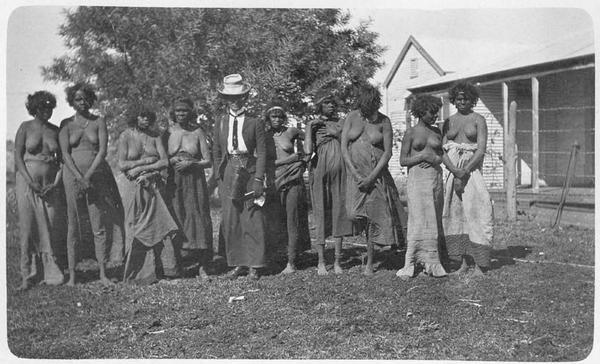



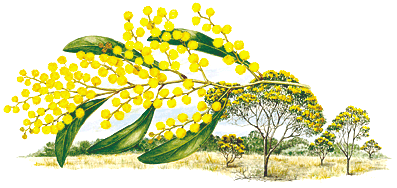


+copy.jpg)










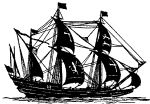


















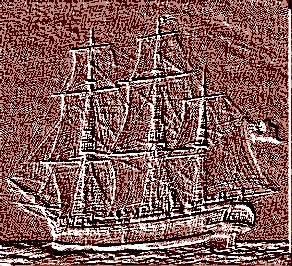




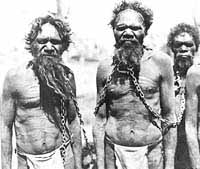
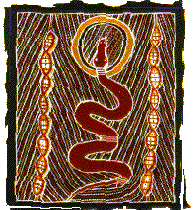

















.jpg)






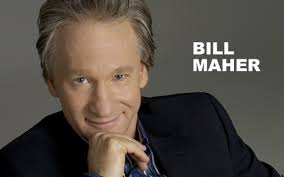
















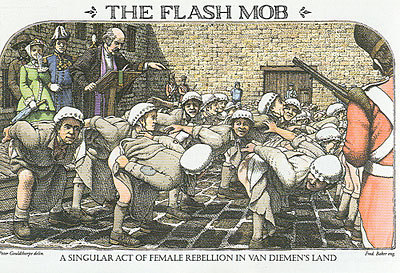
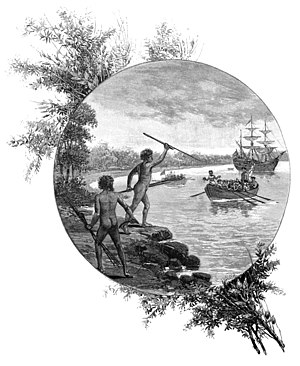 G
G







.jpg)



